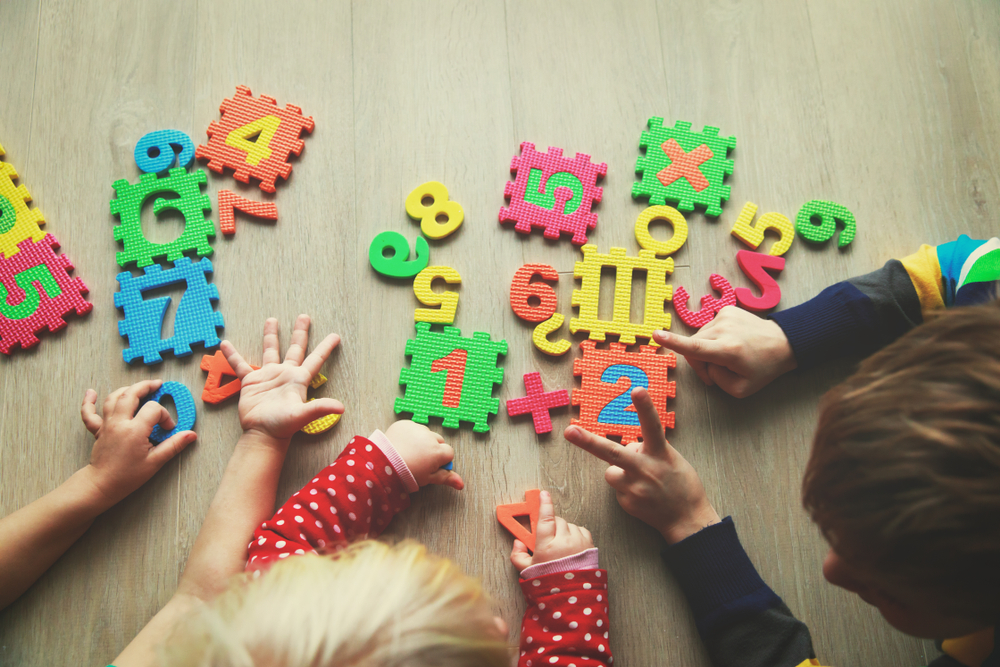Normal Tracing Letters worksheets activities for Ages 5-7 - Page 2
32 filtered results
-
From - To
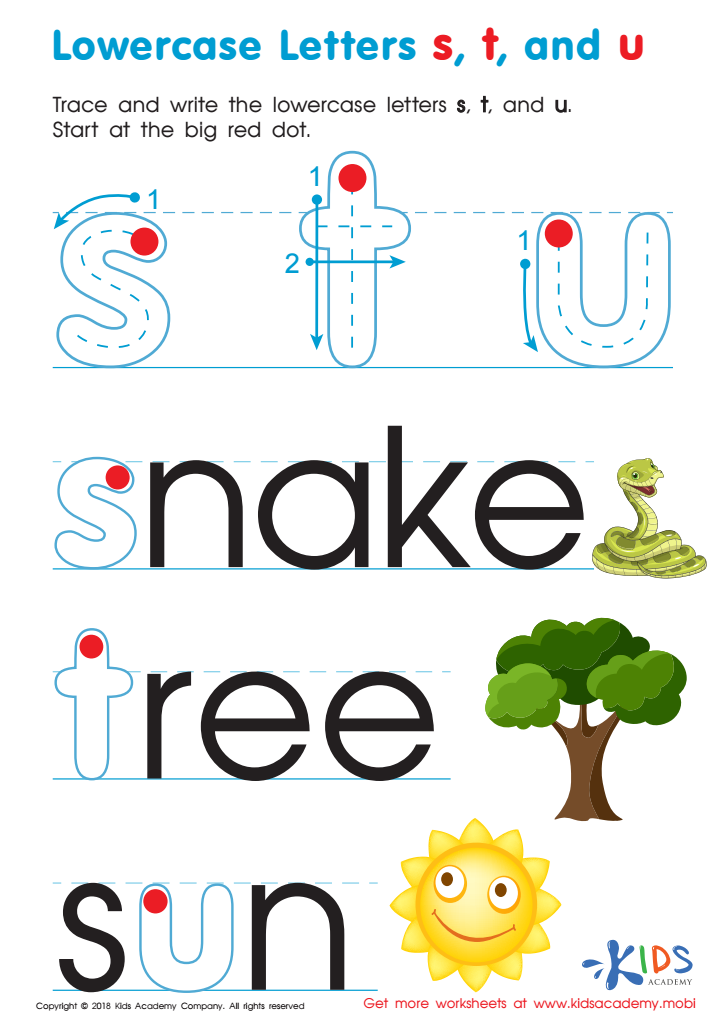

Lowercase Letters s t u Worksheet
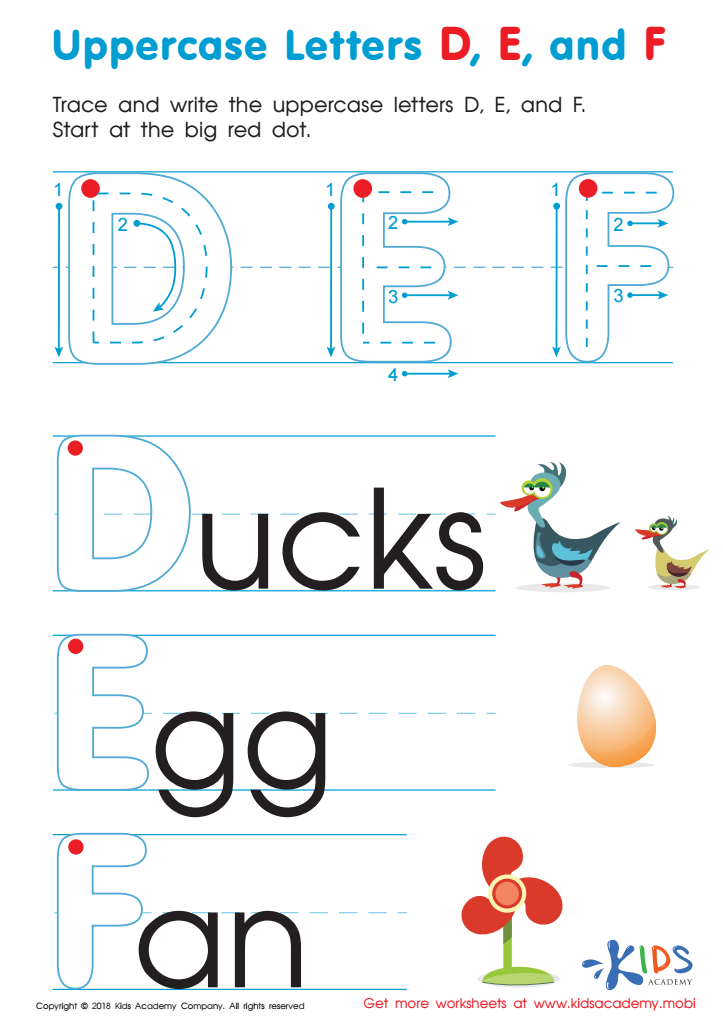

Uppercase Letters D, E, and F Worksheet
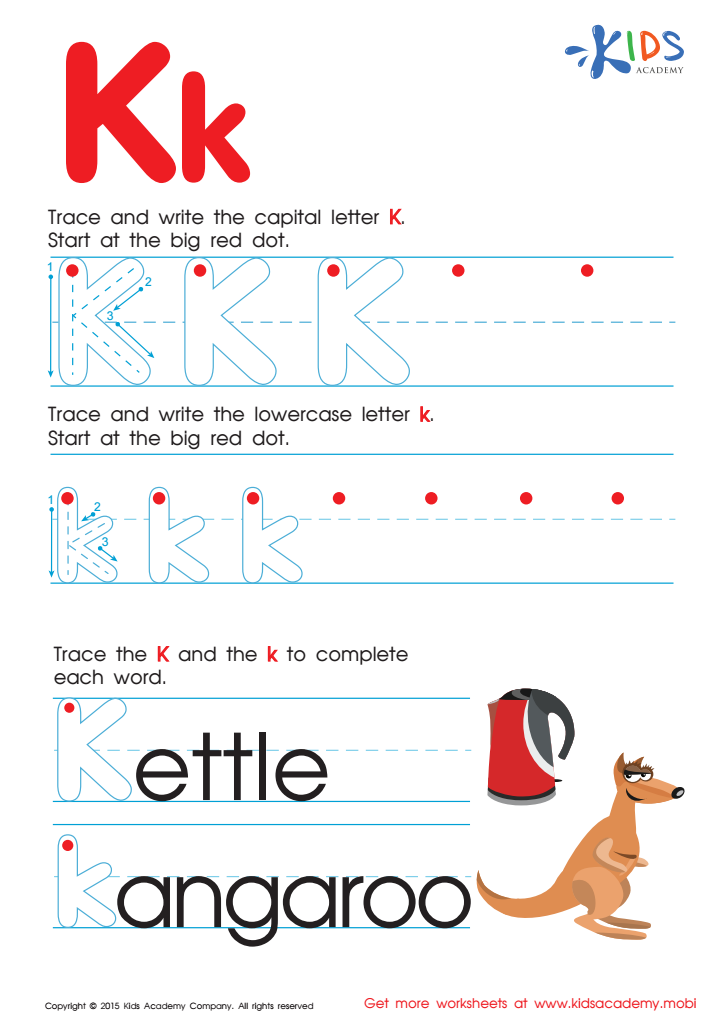

Letter K Tracing Page
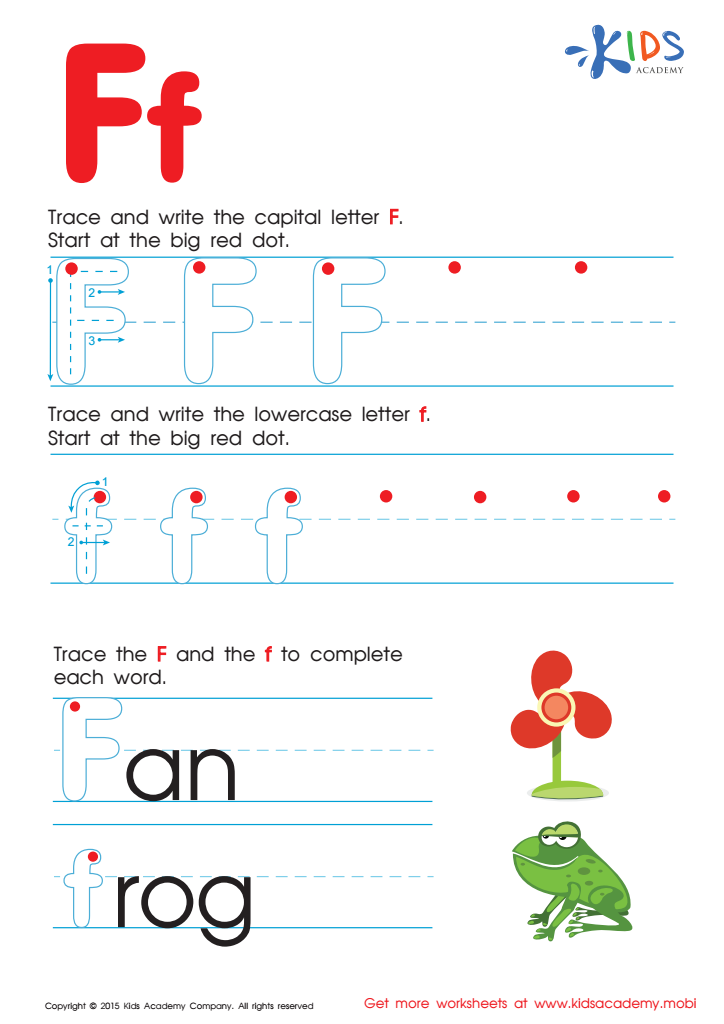

Letter F Tracing Page
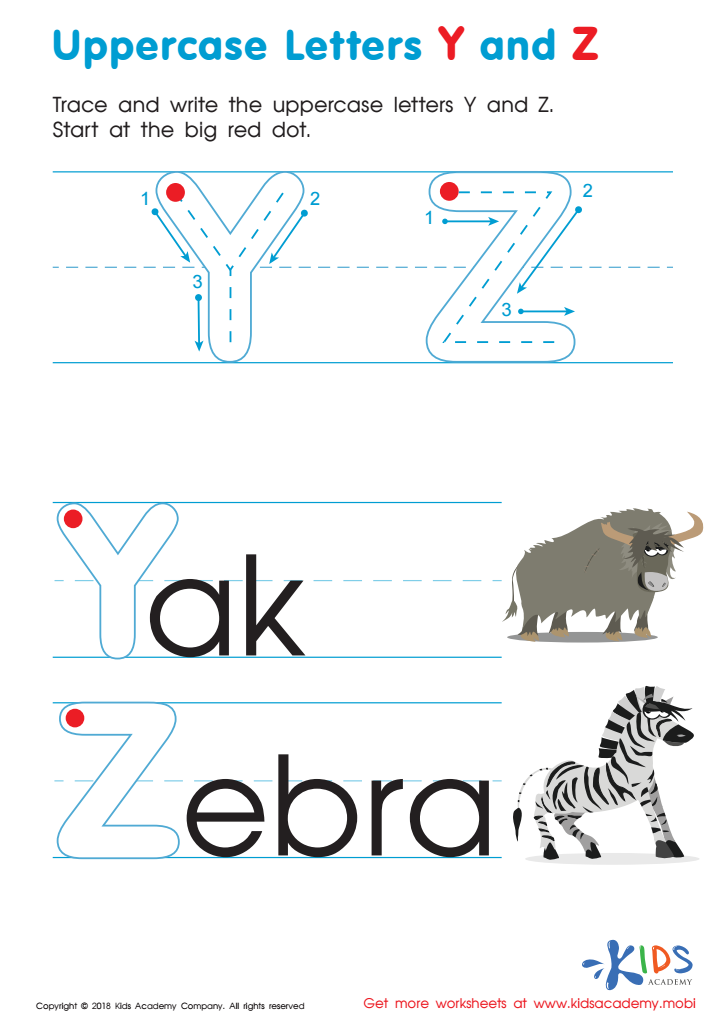

Uppercase Letters Y Z Worksheet
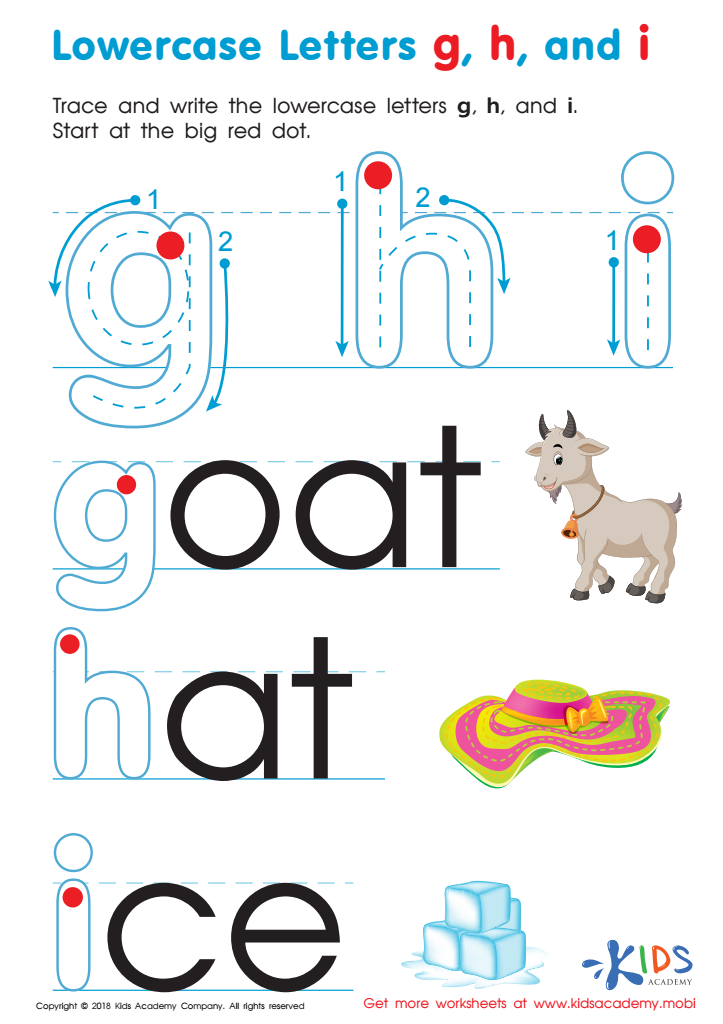

Lowercase Letters g h i Worksheet
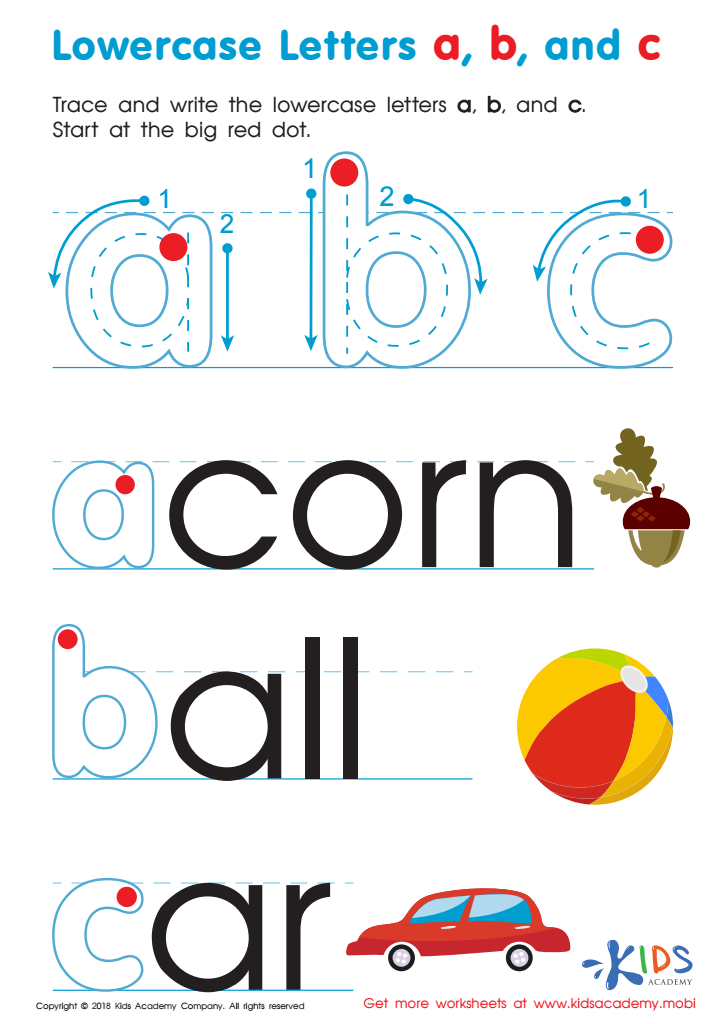

Lowercase Letters a b c Worksheet


Letter D Tracing Page
Normal Tracing Letters activities are crucial for children aged 5-7 as they provide foundational skills for literacy development. During this developmental stage, children are honing their fine motor skills, which are essential for writing. Tracing letters helps improve hand-eye coordination and finger strength, making it easier for them to gain control over writing instruments.
Moreover, these activities introduce children to letter recognition, an essential precursor to reading. By tracing letters, children can familiarize themselves with the shapes and sounds associated with each letter, reinforcing phonemic awareness. This dual exposure—both tactile and visual—affirms connections in their developing brains, fostering stronger literacy skills.
Parent and teacher involvement in these activities also encourages a positive attitude toward learning. When children engage in tracing letters, they often find the repetitive nature of the task calming, creating a pleasurable learning experience. This enjoyment can lead to a sustained interest in writing and reading, encouraging lifelong learning habits.
Additionally, these activities can be tailored to integrate vocabulary practice, enhancing communication skills. Therefore, prioritizing Normal Tracing Letters activities is not merely about writing; it's about nurturing children’s confidence and competence in essential foundational literacy skills.
 Assign to My Students
Assign to My Students




